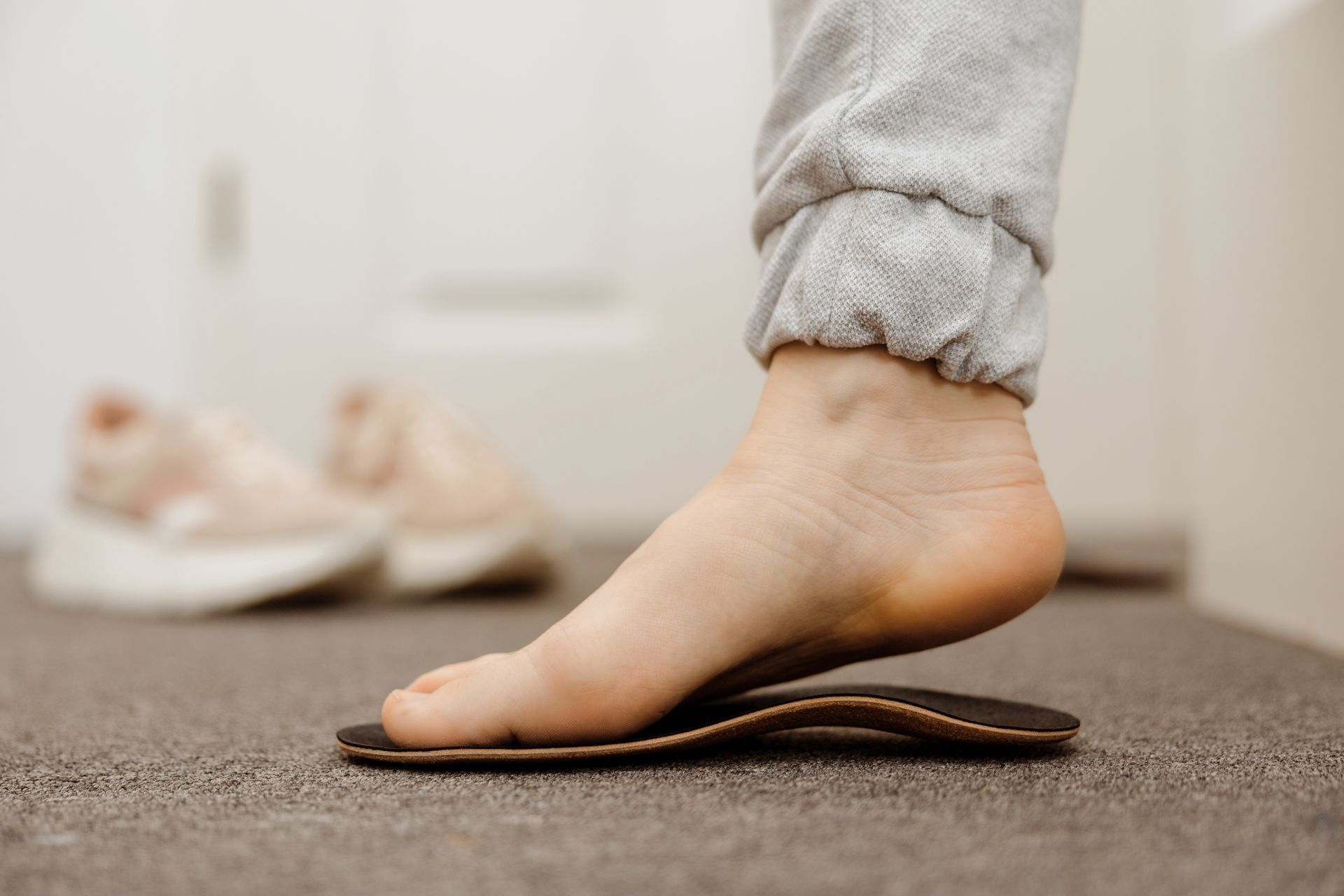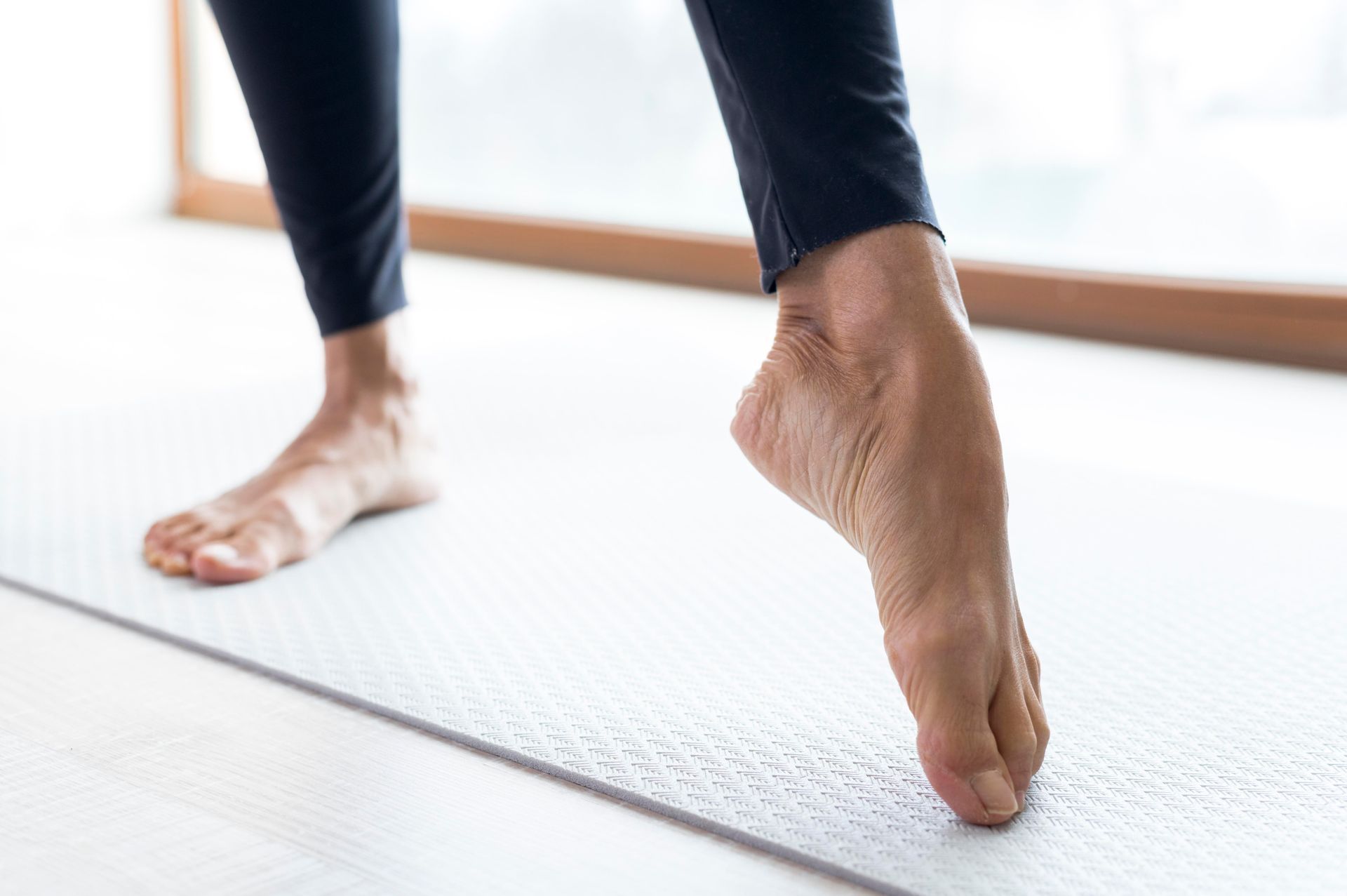Why Balance Training Is Important
April 5, 2021
When we think about our physical fitness, we tend to focus on tangible measurements. Such as maintaining a healthy weight, improving flexibility, or overall longevity while exercising or working out. What we don’t think about as much is balance.
But balance is essential. You may not give it much thought, but your body needs balance to do virtually everything – walking, running, dancing, even tying your shoes. It’s hard to get through life without a strong sense of balance.
That’s why balance training is so important. Below we’re going to discuss the importance of balance training, the related
benefits of physiotherapy
, and why you should consider incorporating
balance exercises
in your weekly regimen.
Why Is Balance Important?
A sense of balance (also known as stability or equilibrium) is what allows us to navigate the physical world around us without external support. Simple things like navigating steps and pathways without railings, or carrying things while we walk. So much of our everyday life requires balance.
Without a strong sense of balance, you are more at risk of accidents and physical injury. The reason broken hips and lethal falls occur more often in older demographics is that our inner balance weakens as we age.
Improved and maintained balance through regular exercise will help you keep your physical health well-rounded. And of course, it will help you minimize the risk of injury-related to loss of balance.
Relationship Between Core Muscles & Balance
The best way to improve your balance is to regularly engage the core and leg muscles that keep your body stable and upright. This is particularly true of the core muscles, which are directly responsible for your sense of balance.
Your sense of balance corresponds to three different physiological systems: the vestibular or auditory system (located in the ear), the visual system (visual signals of your position sent from the eyes to the brain), and lastly the proprioceptive system.
The proprioceptive system is the set of sensory nerves in your muscles, joints, and tendons. These are the nerves that detect posture and spatial awareness and send those signals to your brain and central nervous system. If your core and leg muscles and joints are weak, your sense of balance is compromised.
This is where balance training comes in! Balance training is one of the four major types of training including strength, endurance, and resistance training. Balance training consists of
core muscle exercises
that focus on strengthening the muscles of the legs and core.
Balance training improves overall stability. Because of this, it’s recommended that older adults practice some form of balance training at least 3 times a week to reduce the chance of future falls.
How Physiotherapy Can Help
Basic balance training isn’t too complicated and can be practiced in the comfort of your home. However, if you are recovering from an accident, injury, or fall or have experienced a stroke, you may want to consider physiotherapy to help you restore your sense of balance.
An impaired sense of balance can have a significant negative effect on your overall health and quality of life. Physiotherapy is a direct and professional way of identifying how your balance has been compromised and finding effective ways to improve it. If you have these concerns you can always get a referral from your doctor, or contact a local physical therapist directly. If you are having balance and mobility issues and want to talk to a trained physiotherapist, we’re here to help at Don Valley Health and Wellness. Call us at (416) 466-4438 or get in touch here to book an appointment at our offices in Toronto, Ontario.
The post Why Balance Training Is Important
appeared first on Don Valley Health & Wellness – Physiotherapy Rehabilitation & Sports Centre.










